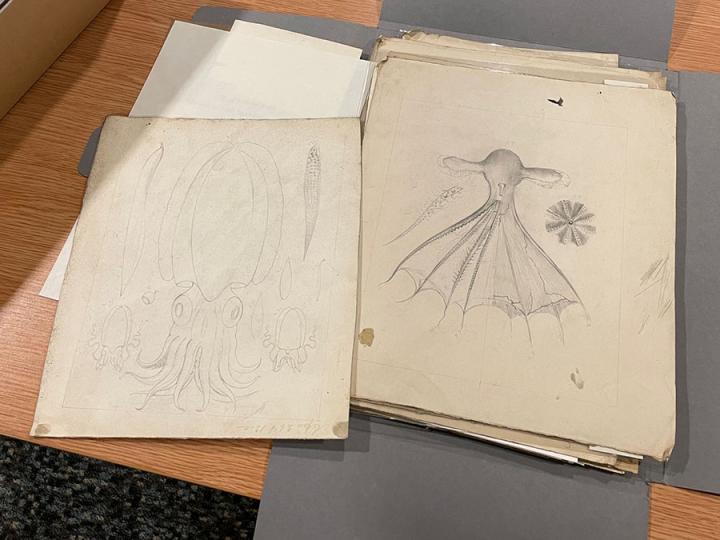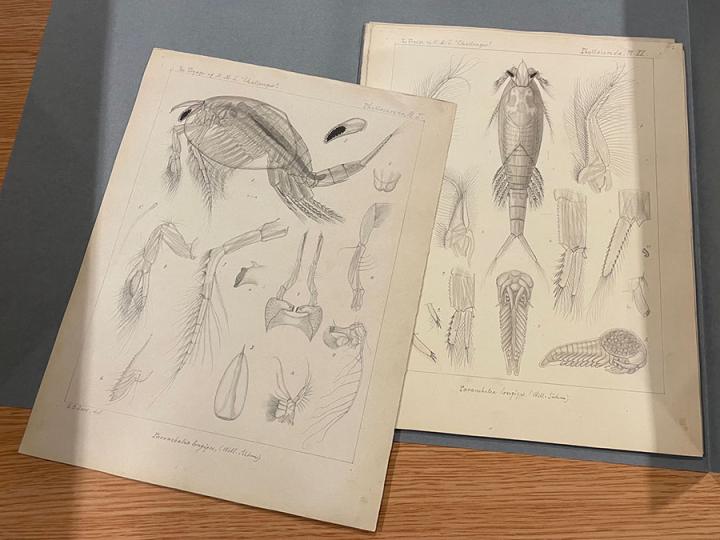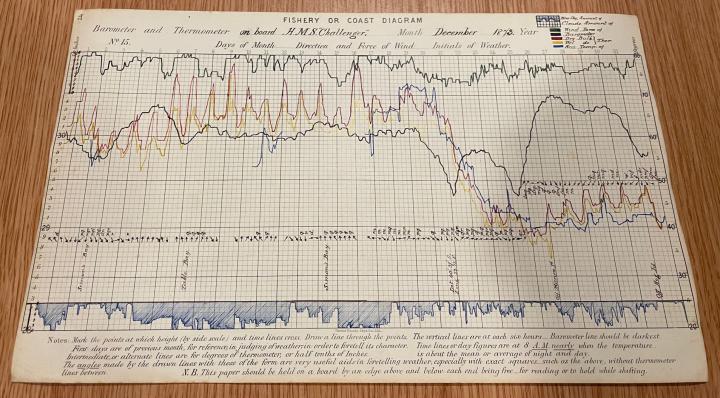History
The University of Edinburgh has a long history of ocean research extending back to the pioneering days of the HMS Challenger Expedition in the nineteenth century.

The Challenger Expedition of 1872-76 was the first great voyage of oceanographical exploration. In forty-one months from December 1872 to May 1876 the wooden steam corvette HMS Challenger visited all the oceans of the world, with the exception of the Arctic.
The scientific staff were supervised by Charles Wyville Thomson, Professor of Natural History at the University of Edinburgh, and much of the preparation for this voyage of oceanographic exploration took place in Edinburgh.

The expedition was charged to determine deep sea physical conditions including depth, temperature and ocean currents. Much of the information gathered by the Challenger Expedition is still used today and some of the original findings of the expedition, illustrations (pencil, ink and watercolour), lithographs, proofs, plates and engravings (with and without annotations), photographs, statistical and cartographical material, and manuscript and typescript documents (including published reports) are in the collection held by the University of Edinburgh’s Centre for Research Collections (CRC).
During COP26, the CRC launched a new exhibition featuring the University’s Challenger Papers together with items held in the National Museum of Scotland collection. From ship modifications to cutting edge instruments, new scientific and publishing practices, and the role of imperial and trade networks in 19th century research expeditions, Sea Change explores the global, technological, and social changes that laid the foundations for modern oceanographic studies.
Centre for Research Collections


